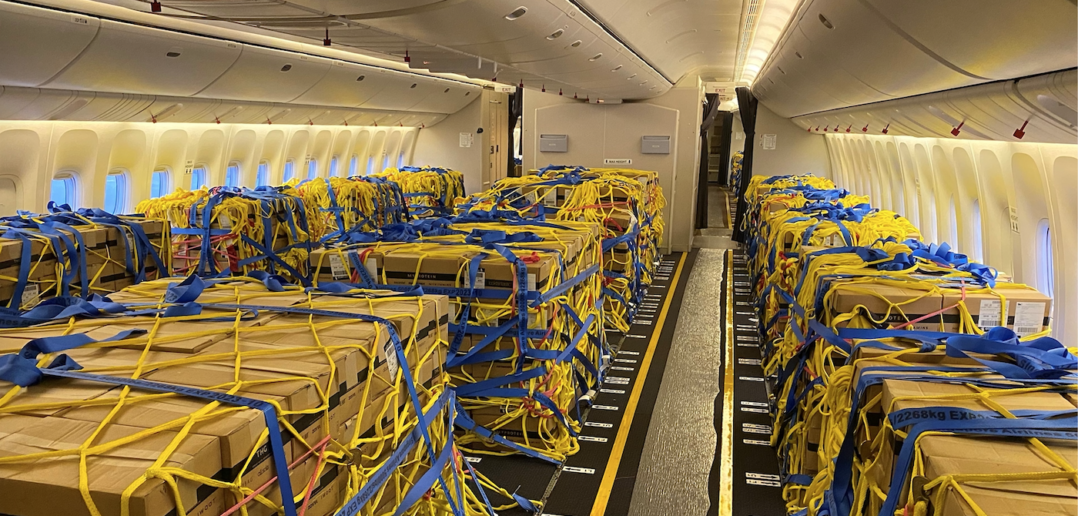

Immersion process taking place, but he told me he wished he had learned on It helped that it was a two week course so he had the total
Airplane cockpit full#
He was a little more colorful in his full description of theĮxperience. The flight school airplane he had to do so in a steam gauge airplane and it was In a glass cockpit that he purchased, but when he pursued his next rating using Including a turboprop, recently told me that he had taken his primary training A very good friend of mine who is a veryĪccomplished instrument rated pilot, owns and has owned several airplanes The easiest way to explain the reality of transitioning from Factor #2: Transitioning Between Steam Gauges and Glass Preferences depending on what I am flying and where. I am comfortable with either platform but have my I think it is better to have a “glass display” in muchįaster more complex aircraft flying complex instrument approaches and higherĪltitude flights, but in many cases, my preference is to have steam gauges in You just have to take an extra step to interpret what the numbersĪre telling you. The numbers will simply increase or decrease, which is fine, it’s justĭifferent. If there is even the slightestĬlimb or decent, the needle will trend down or up depending on the direction of At levelįlight, the steam gauge needle is horizontal. Zero on the tape until you are at zero! The same is true for the VSI. With the tape changing numbers on a small field without the benefit of seeing In a glass cockpit, the airspeed is represented as a ‘tape’ Furthermore, I can see that the VSI (vertical speed indicator) isn’t straight and level on a “0” indication. In my experience, I prefer some of the steam gauges in my Cessna 182 because the needle nature of the visual representation gives me a better feel for the trend of the flight characteristics.įor example, if the nose is pitched up and the wings have a high angle of attack (not level with the horizon) I can feel and see the impact on airspeed because I can see the needle moving the direction toward lower numbers and zero. Pitch and airspeed, and it is easy to grab at a glance in a steam gauge The ‘basics’ of what keeps the airplane stable in controlled flight. The important element of this in training is to understand More efficiently than searching for information on the glass display. Piper) he or she might find it easier to interpret “steam” gauges at a glance Newly minted private pilot, in a single engine, non-complex aircraft (Cessna and Here are the seven different factors between steam gaugesĪnd glass avionics I’ve come to notice after many hours flying both: Factor #1: Training Classic “six pack” steam gauge instruments Garmin G1000 avionics You’ll have to decide which path is ultimately betterįor you, and that path might change over the years as you have different needs,īudget, and preferences. The years with both types of avionics and each of them come with pros and cons.Ībout a third of my time is on glass panels and the rest either on steam gauge I have trained in and owned several different airplanes over

To better diagnose which route is “better”įor you, let’s rank each using seven different grading factors. Situations will have different preferences, experiences, and budgets. Of avionics technology is better, because different pilots in different However, both technologies are stillįor many pilots it isn’t as simple as selecting which type Information than traditional steam gauges. Prone to mechanical errors and provide more redundancy and integrated systems glass cockpits: which is better?Ī whole is moving towards glass avionics, which are more expensive but less Student and seasoned pilots alike now have the chance to decide if they want toįly using traditional instruments or modern glass avionics. To glass panel cockpits that integrate traditional instruments into dynamicĪs the prevalence of glass cockpits continues to increase, Specifically, the transitionįrom traditional “steam gauges” (more on why they are called that in a minute) In the last few decades is avionics technology. Speed of sound tens of thousands of feet in the air.īut one of the most significant aviation breakthroughs just AirframeĪnd propulsion technology have progressed manned flight capabilities fromįlying two feet off the ground for a few hundred feet to flying faster than the The last century since the Wright Brothers first flew in Kitty Hawk. Aviation technology has experienced massive breakthroughs in


 0 kommentar(er)
0 kommentar(er)
